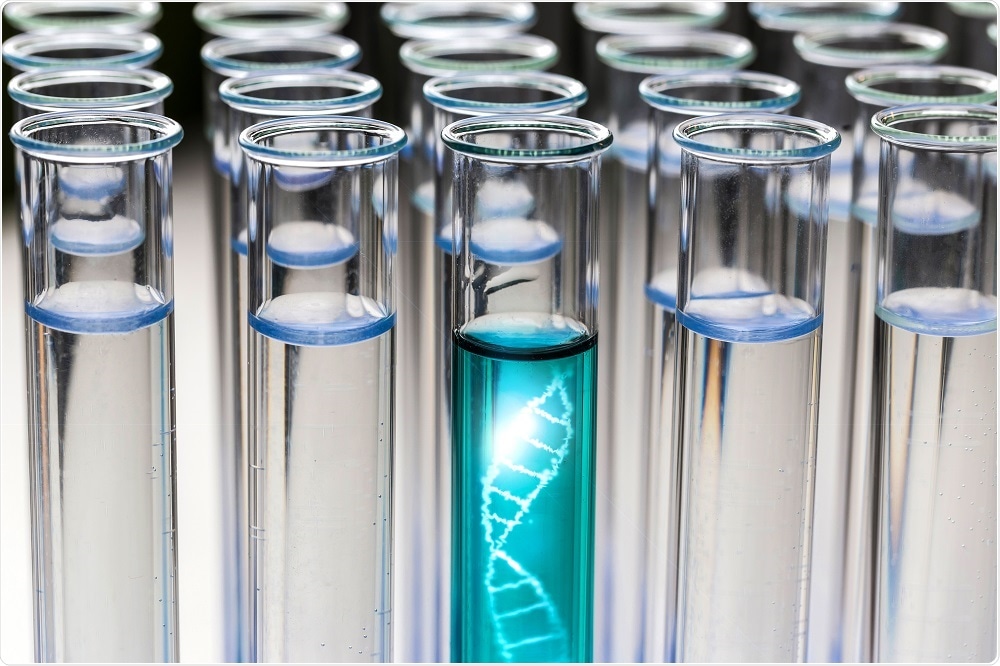
Researchers diagnose cerebral palsy using AI and next-generation sequencing
Researchers from the University of Delaware have shown that patients with spastic cerebral palsy (CP) can be identified using DNA methylation patterns in circulating blood cells.
 Image Credit: Tobias Arhelger / Shutterstock
Image Credit: Tobias Arhelger / ShutterstockThe study, which was recently published in BMC Bioinformatics, was conducted by researchers at Nemours/Alfred I. duPont Hospital for Children and Genome Profiling LLC (GenPro), a biotech start-up from a University of Delaware molecular biologist named Adam Marsh's company.
Symptoms of spastic CP include jerky movements, muscle stiffness and muscle tightness that can affect posture, make movement difficult, and cause affected children to be less active.
The Centers for Disease Control and Prevention (CDC) estimate that 1 in every 323 children has CP, making it the most common physical disability in children.
Blood samples from children aged 9 to 19 years old were analyzed as part of a blinded study, using next-generation sequencing. The aim was to establish whether DNA methylation patterns vary between patients with spastic CP waiting for surgery and regular orthopedic patients.
Strong variations in DNA methylation patterns were identified by the scientists, suggesting that there are differences in the genome of children with spastic CP that could be used to diagnose the condition.
The team then proved the use of these methylation markers by blindly separating groups of children with and without CP.
Samples from a different group ranging from 2 to 5 years of age in a second study were also used to validate the results. The researchers were able to predict that blood samples belonged to children with the condition with 73% accuracy.
This new study utilizes a novel software platform and statistical method developed by Prof. Marsh at UD, and licensed by GenPro, to take measurements of methylation patterns in DNA (a cell's genetic code) using next generation sequencing (NGS) data.
The approach uses sophisticated machine learning techniques and algorithms to sort through hundreds of gigabytes of NGS data looking for these distinct DNA methylation patterns.
Having a clearer insight into methylation signals could help researchers uncover more details surrounding the cellular processes that accelerate CP, which could result in improved treatments for the condition. The team believes the test may be used to help treat other disorders, such as infant leukemia.






















.png)











No hay comentarios:
Publicar un comentario